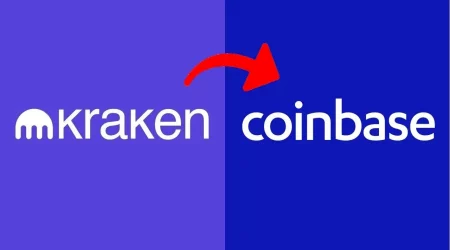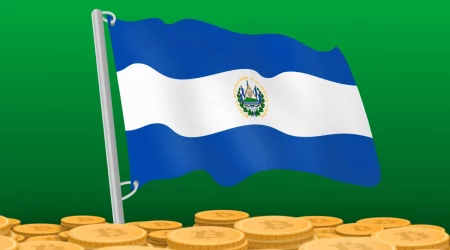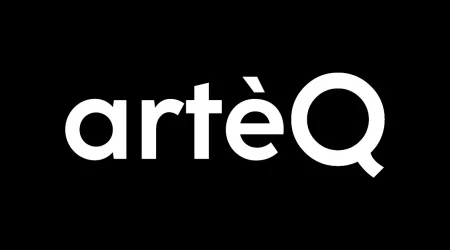Hong Kong regulator warns that stablecoins could undermine the value of e-HKD
The Hong Kong Financial Authority says it is concerned about the growing popularity of stablecoins and invites the public to comment on the pros and cons of e-HKD.
The Hong Kong Monetary Authority (HKMA) has warned that stablecoins could undermine the Hong Kong dollar in a recently published discussion paper on its retail central bank digital currency, e-HKD.
“Today, the HKMA released a discussion paper outlining the policy and design issues surrounding the introduction of the e-HKD and encourages the public and industry to participate in consultations and share their views,” the HKMA said in a statement.
Many in the crypto industry believe that the interest in developing central bank digital currencies (CBDCs) was a response to the rise of stablecoins in the private sector. This discussion paper appears to support this view.
“Given the continued development of stablecoins, it cannot be ruled out that a popular stablecoin could eventually emerge,” the HKMA wrote as part of the e-HKD: A Policy and Design Perspective discussion paper published on Wednesday. In a scenario where the use of these stablecoins becomes widespread […], the role of the national currency as a single unit of account could be undermined.”
Authorities also highlighted the risks that such stablecoins could undermine solvency due to operational or financial disruptions or facilitate capital flight during a financial crisis, undermining central bank control over local economies.
Check Also: North Korea sold military secrets to North Korea for bitcoin
The HKMA first announced its plans to explore a retail-focused central bank digital currency in June 2021 as part of its “Fintec 2025” strategy. However, since 2017, the authorities have also been exploring the prospect of issuing a wholesale CBDC.
Retail CBDCs (rCBDCs) are aimed at the general public and are used for everyday transactions. Wholesale CBDCs are only issued to financial institutions and aim to make their transactions faster, less expensive, and more secure.
The Monetary Authority did not commit itself to the introduction of a digital currency. The most recent discussion paper simply invited industry leaders and consumers to provide additional feedback on the potential challenges and benefits of the proposed rCBDC.
It also seeks feedback on certain design considerations, such as an appropriate rCBDC issuance mechanism, interoperability of wholesale and retail payment systems, privacy and data protection, legal considerations, private sector involvement, and possible use cases.
Overseas in mainland China, the central bank digital currency continues to gain momentum. Earlier this month, the People’s Bank of China (PBOC) said it would expand the digital yuan trial to six more cities, adding them to the existing 10 major pilot cities already undergoing trials.
Meanwhile, the Philippine government on Wednesday announced that it will be running its own wholesale central bank digital currency pilot called Project CBDCPH, which is expected to be used for cross-border payments, securities payments, and intraday liquidity (ILF) facilities.












Leave a Reply